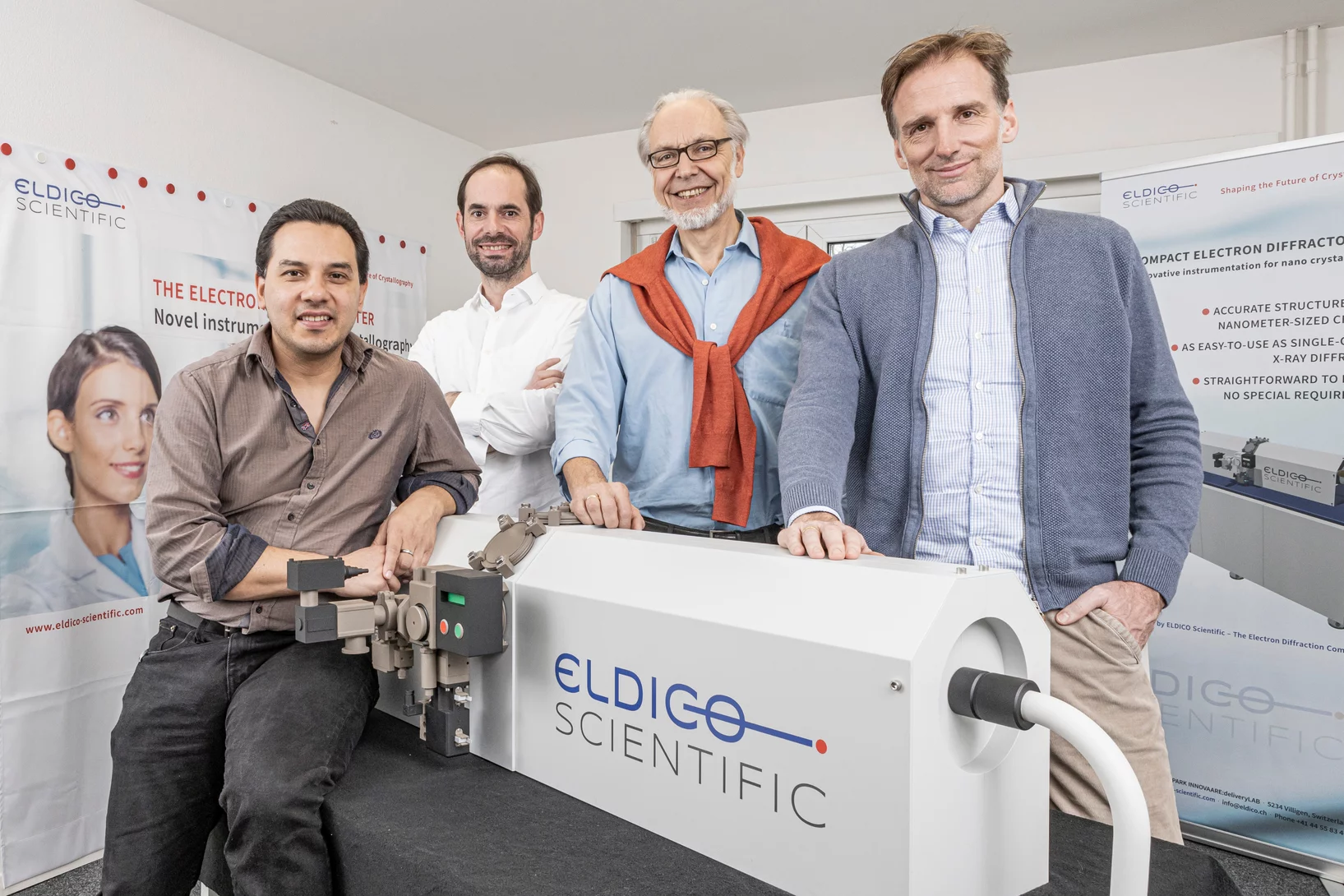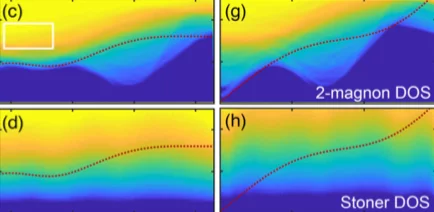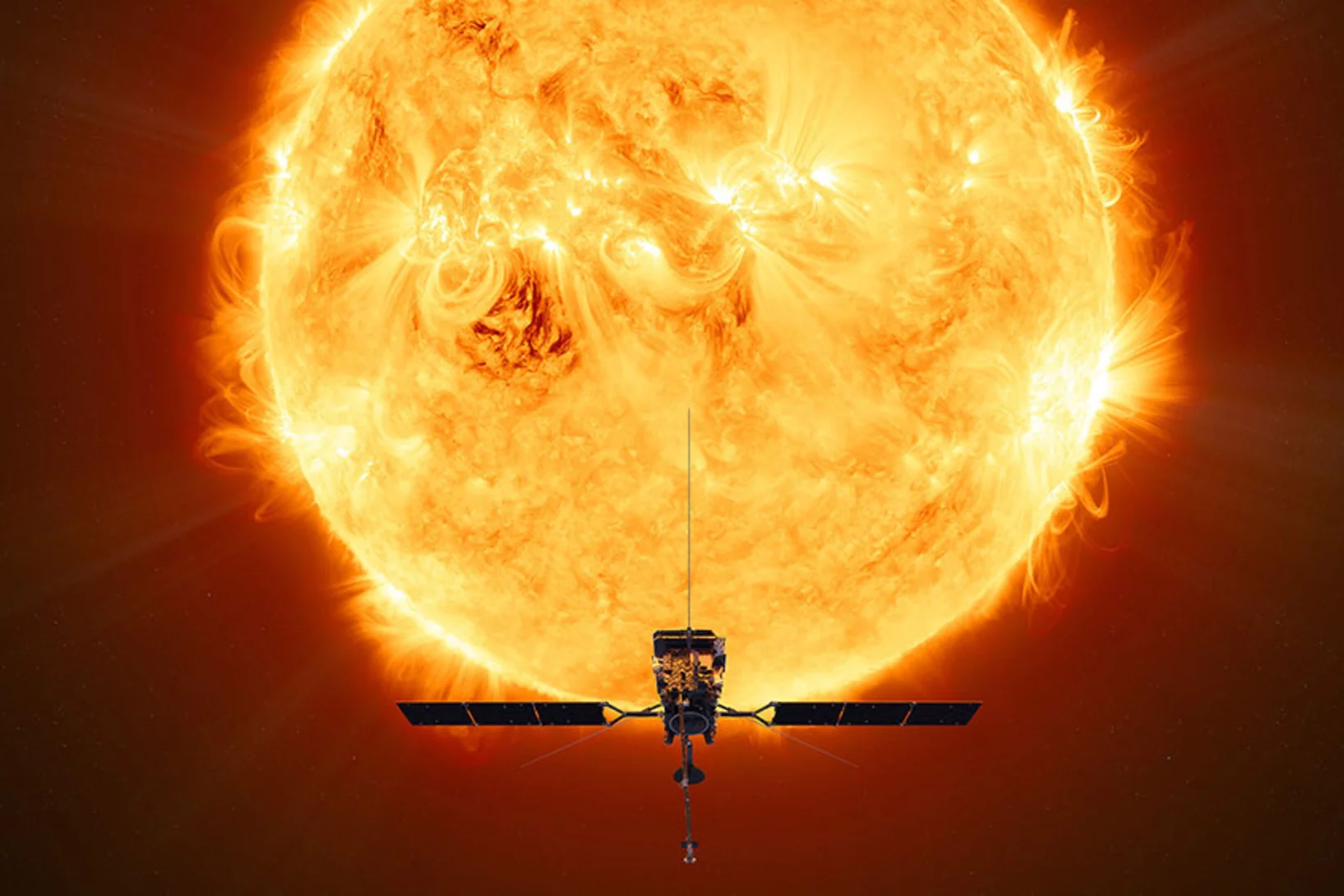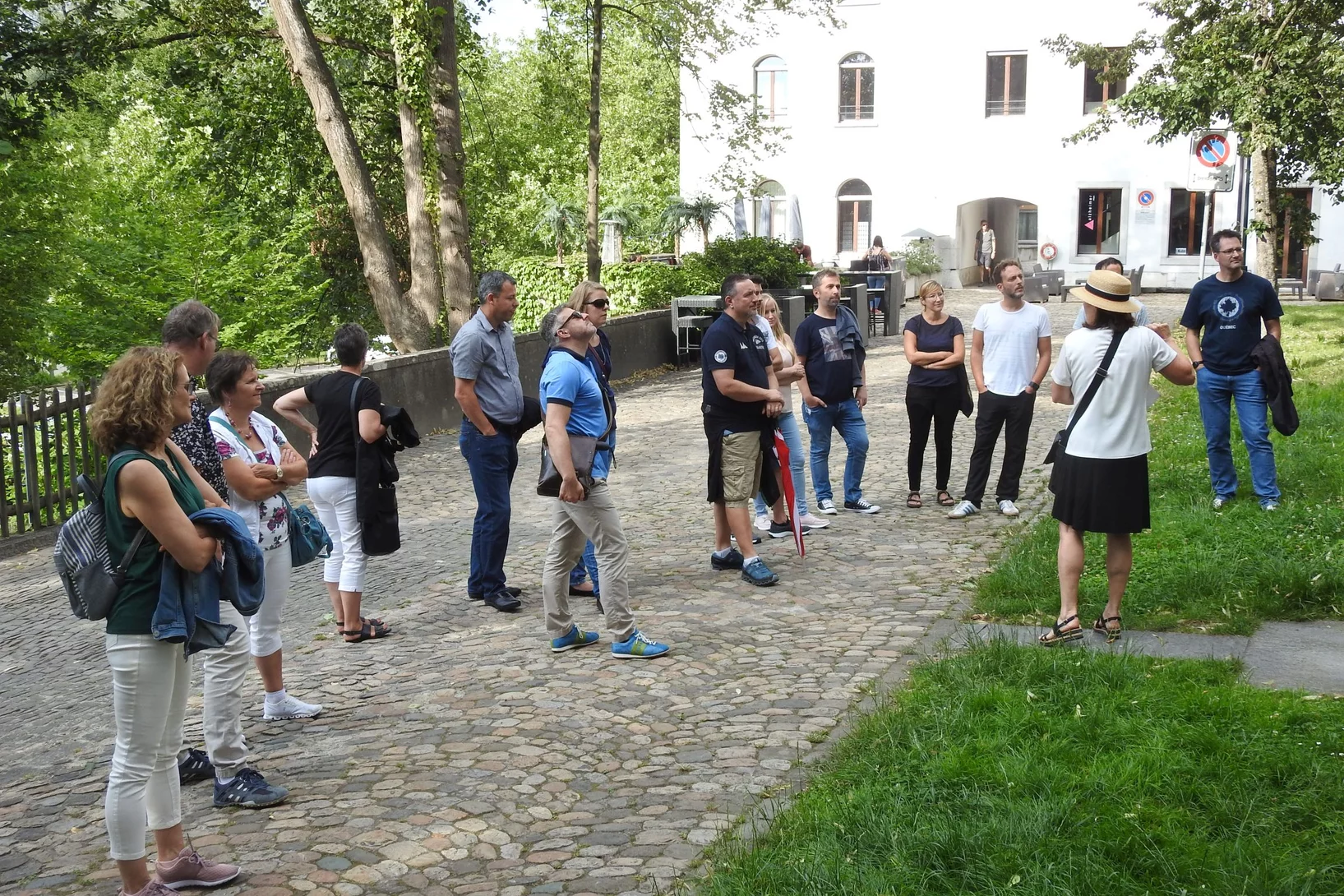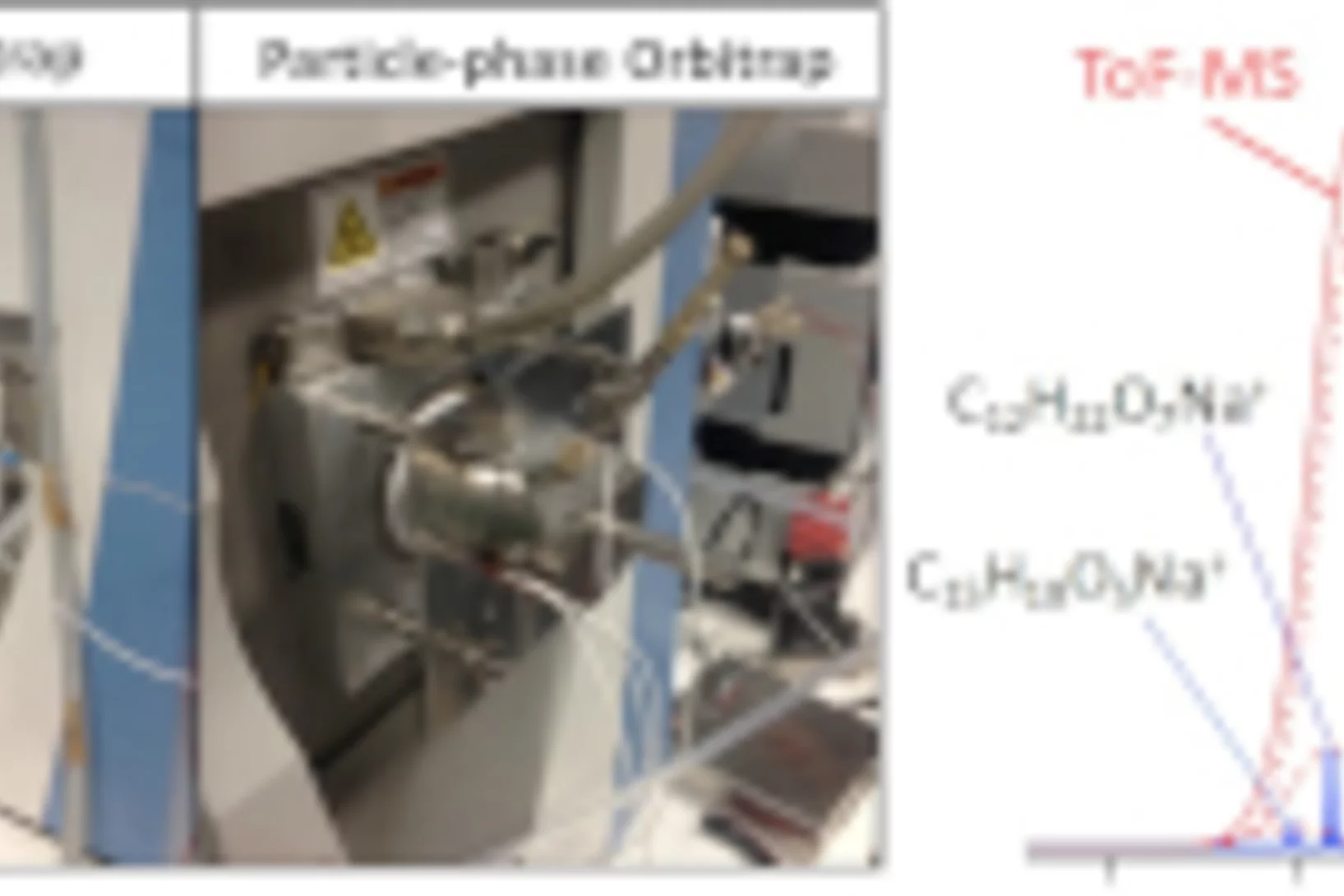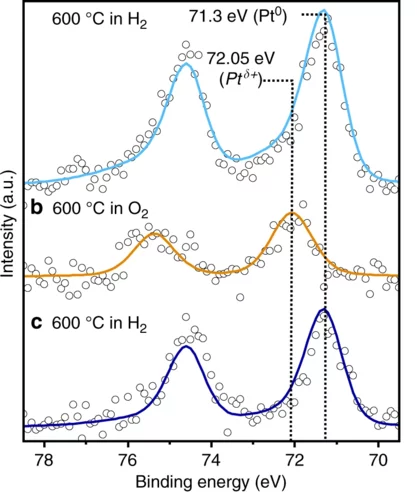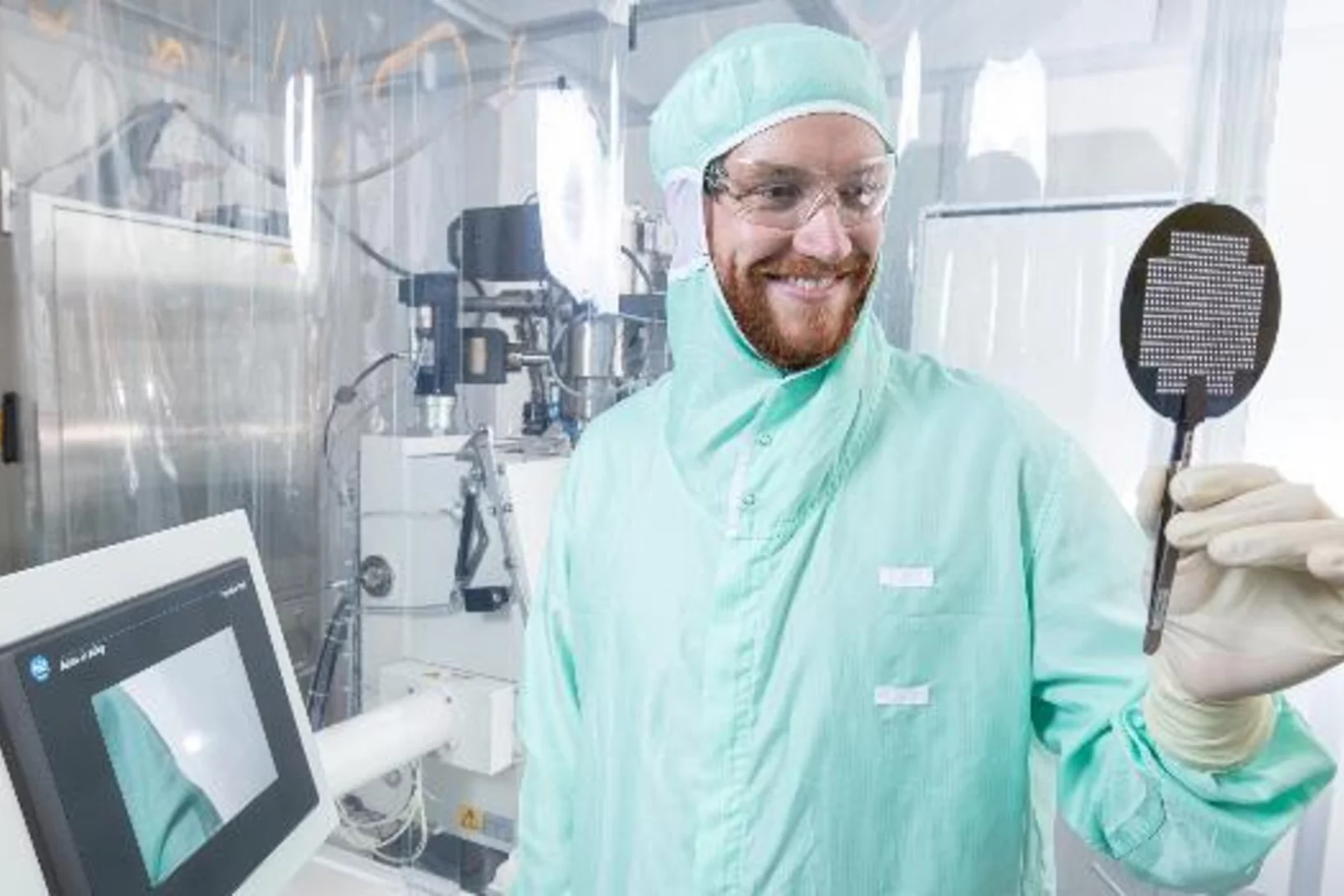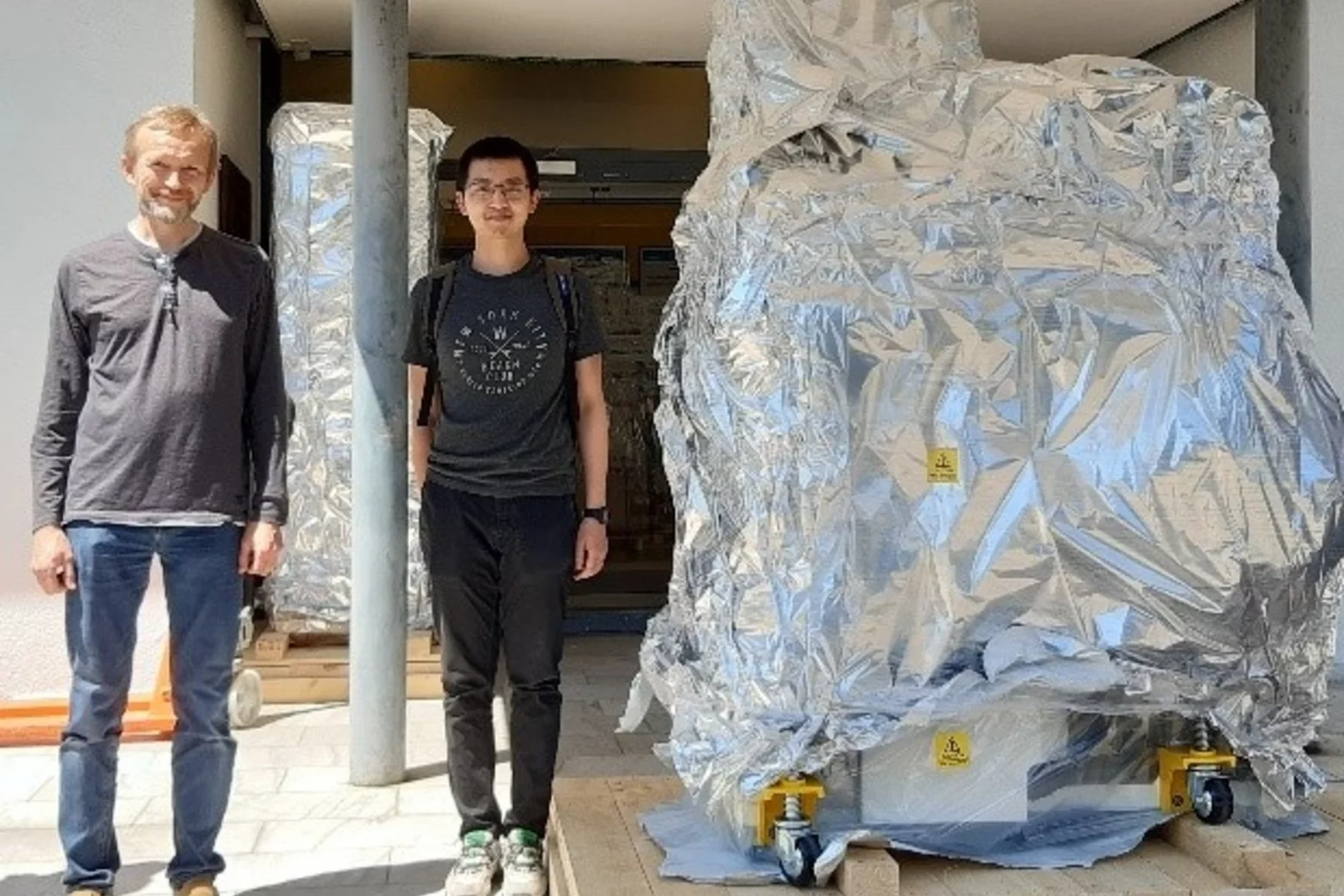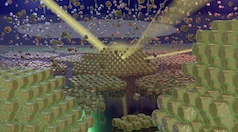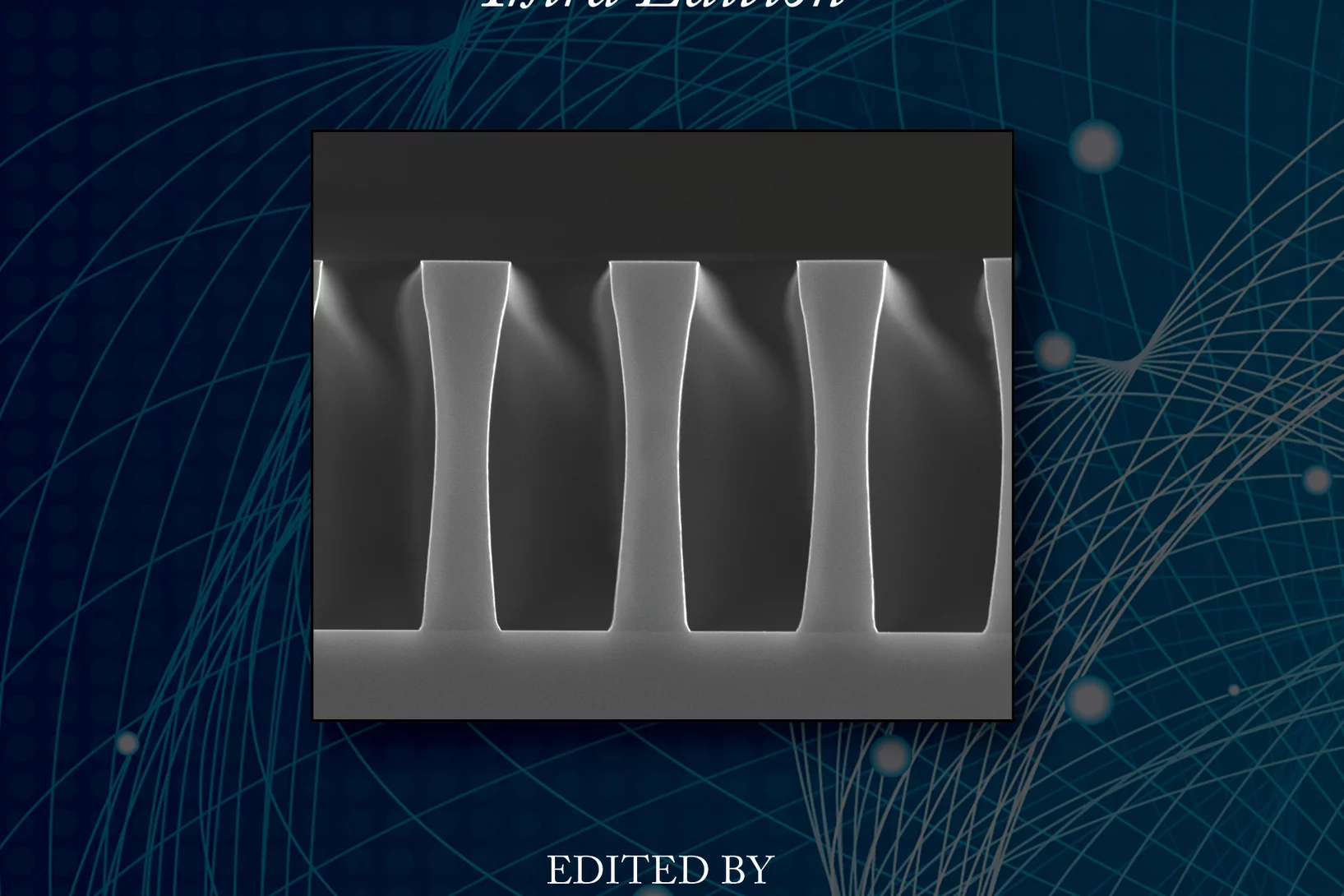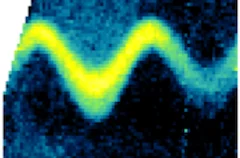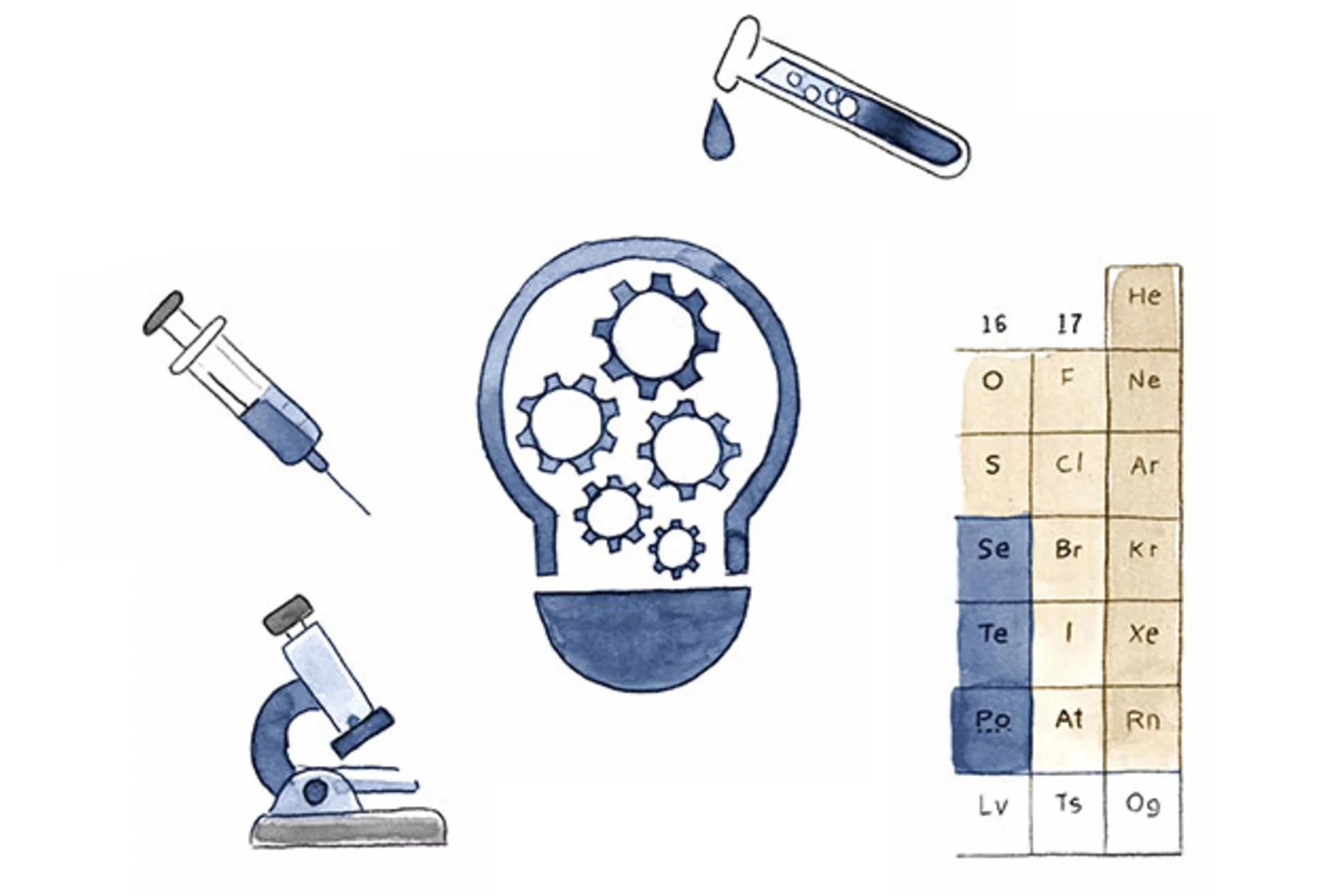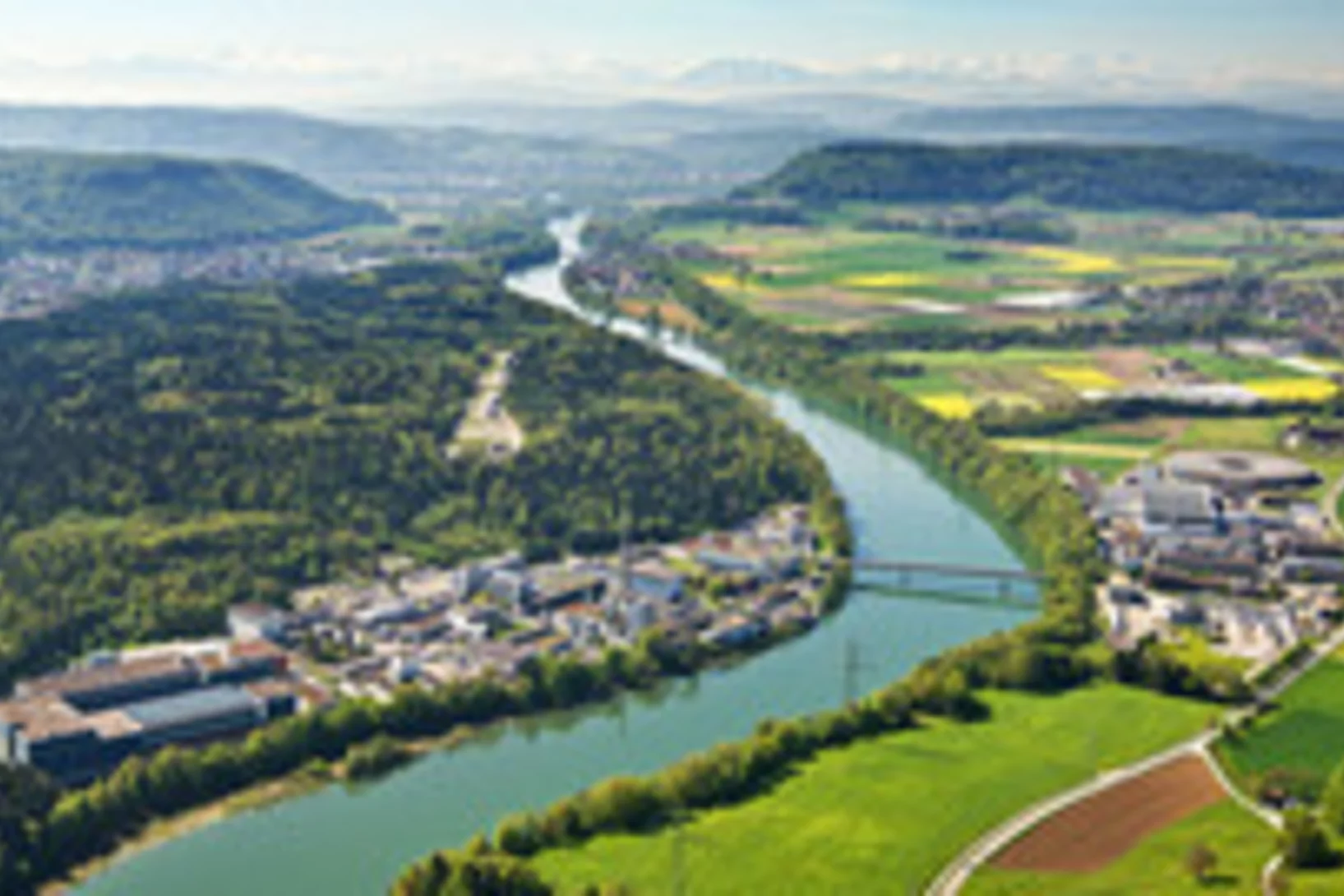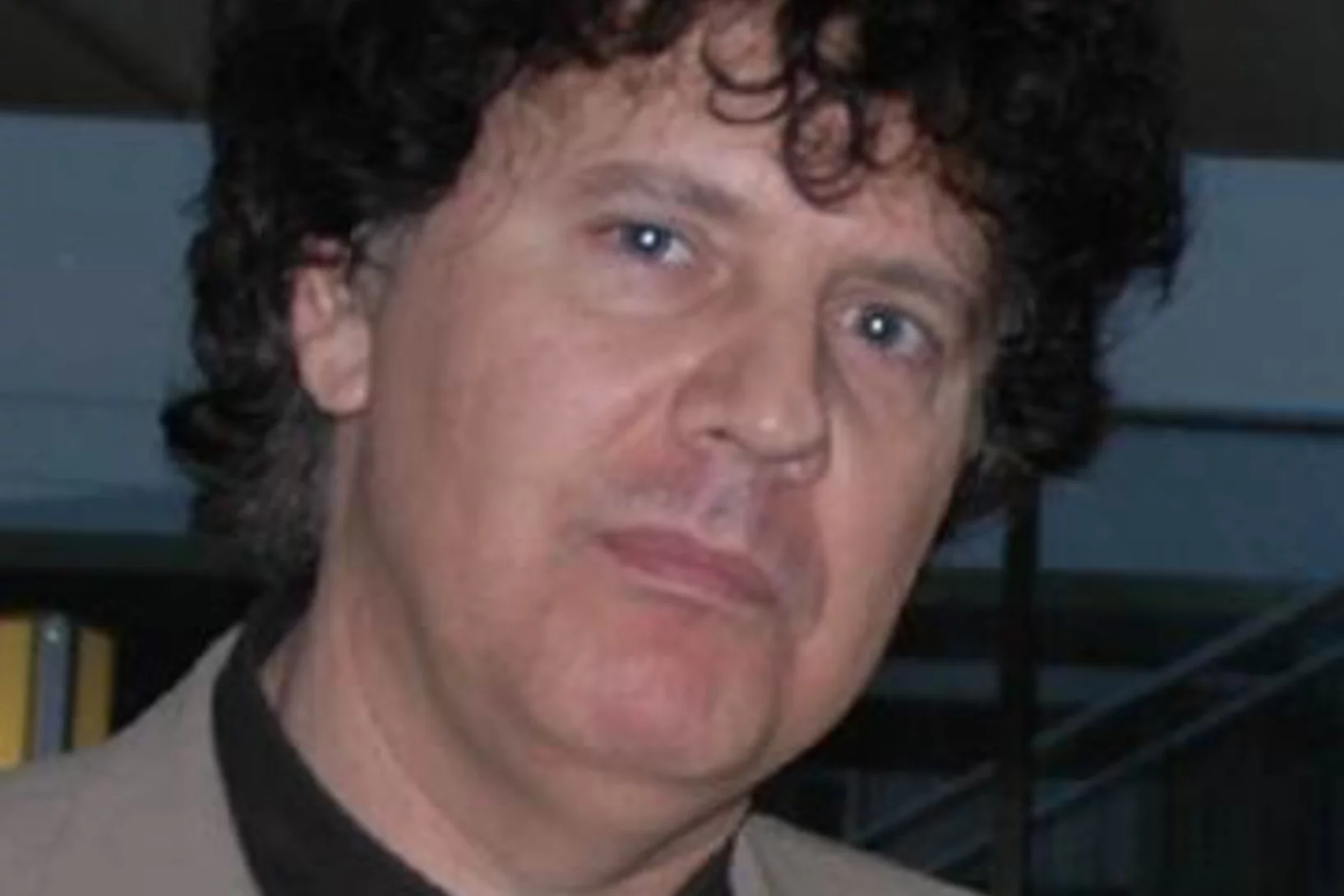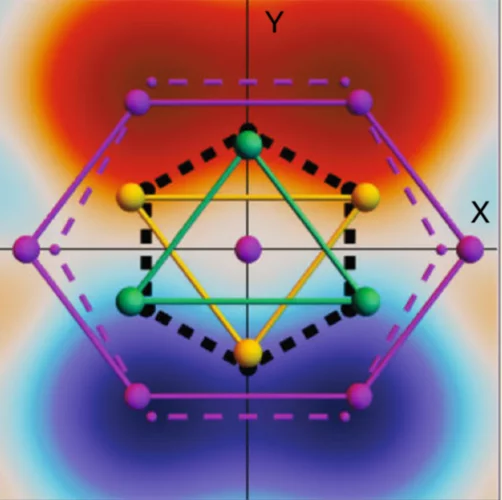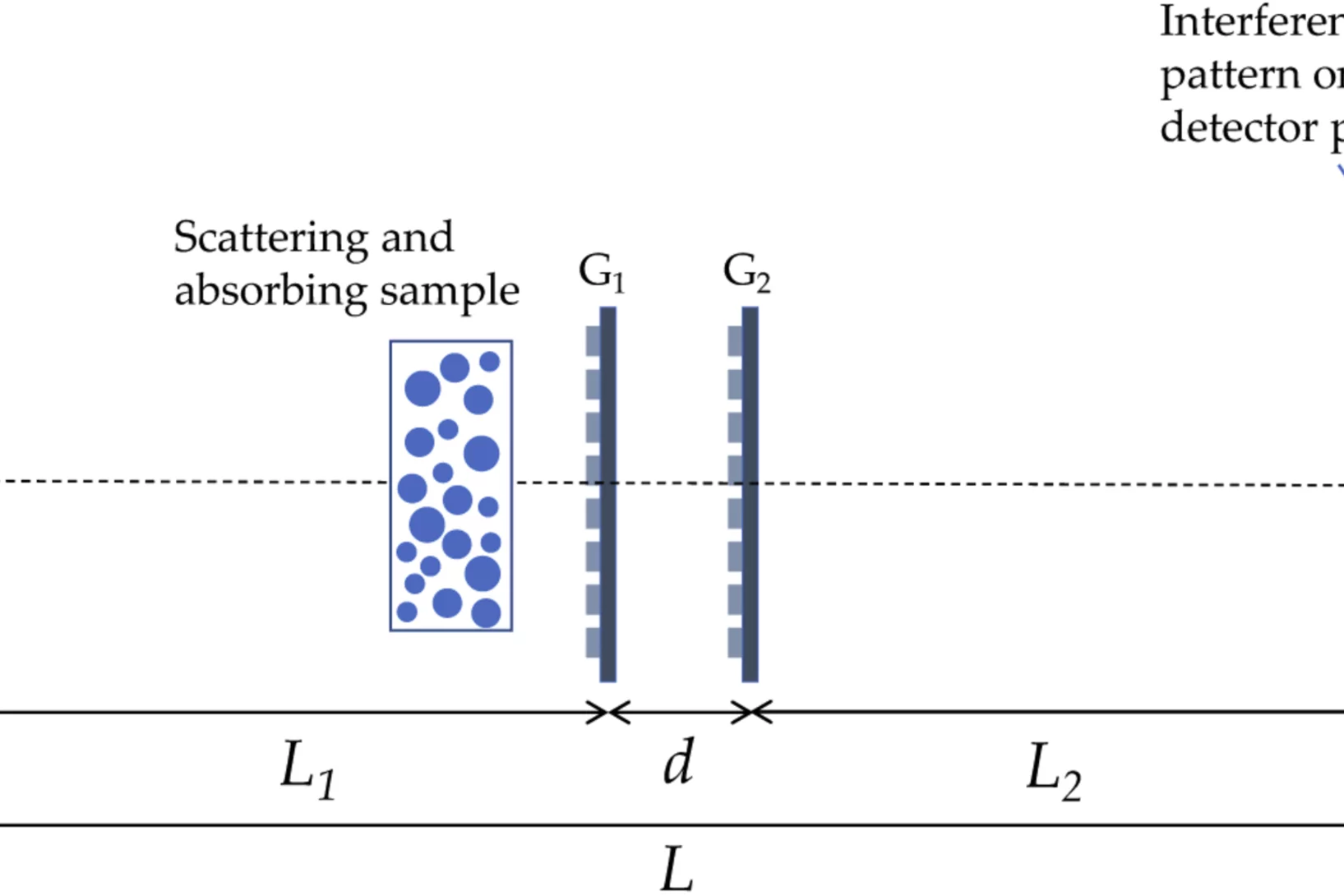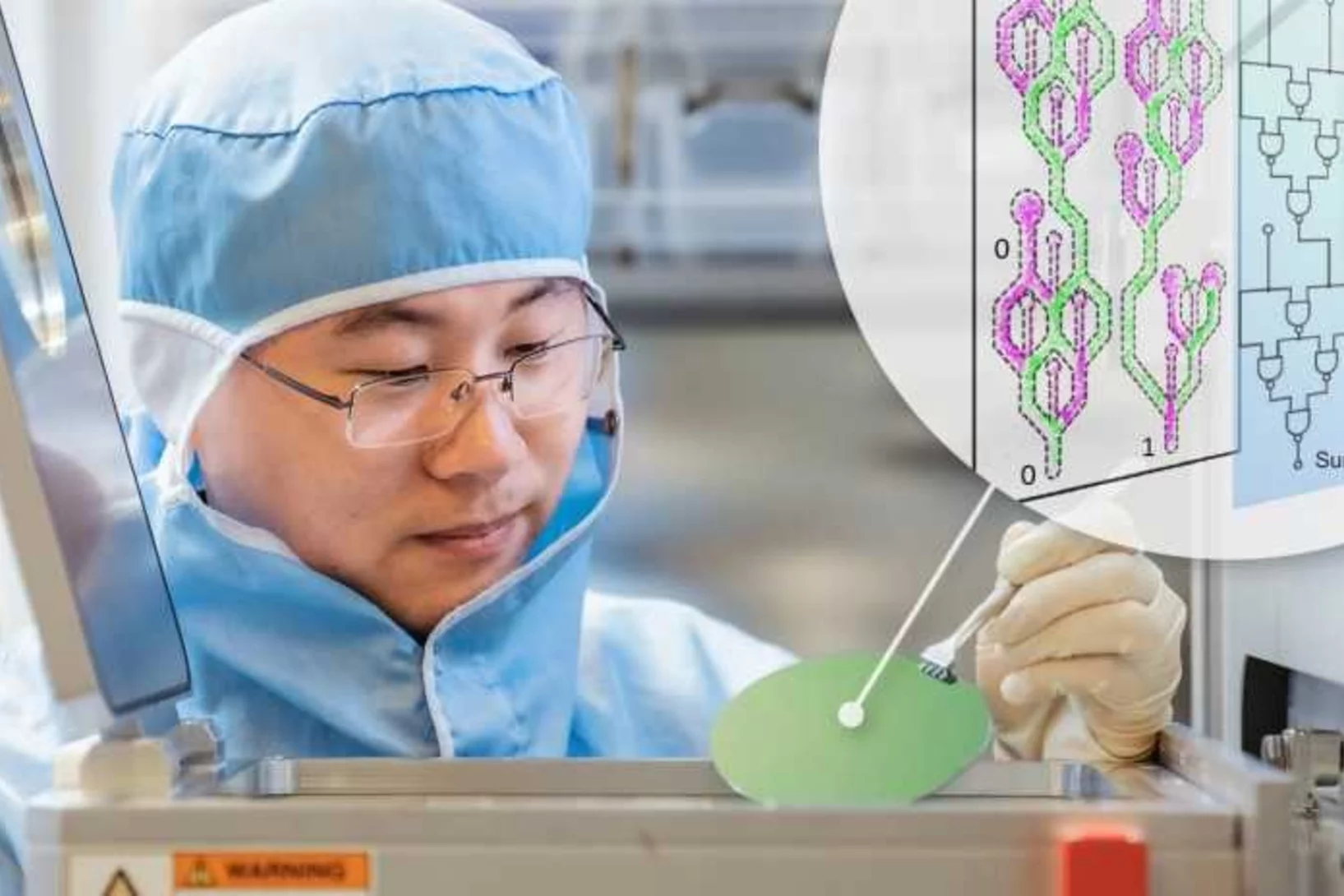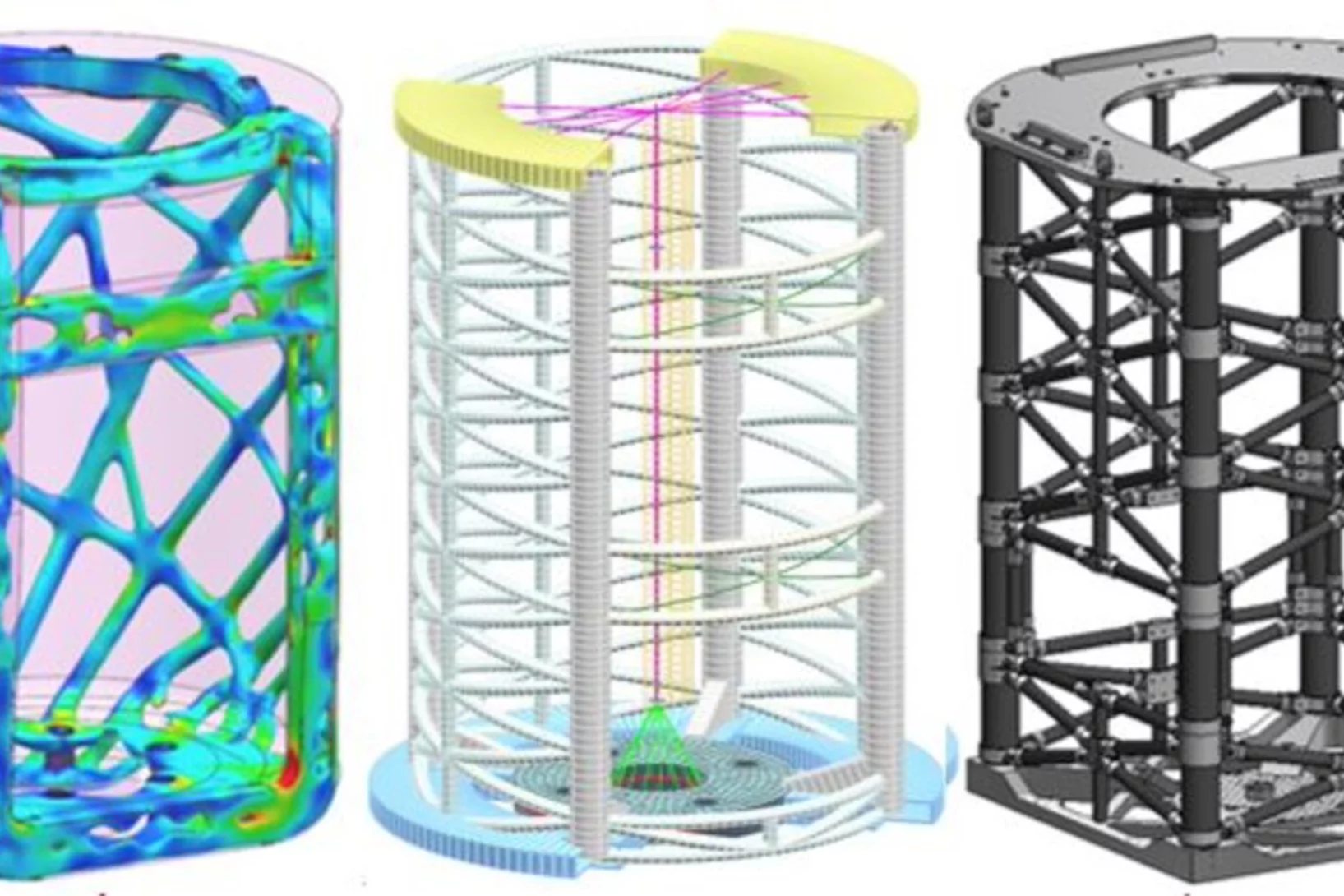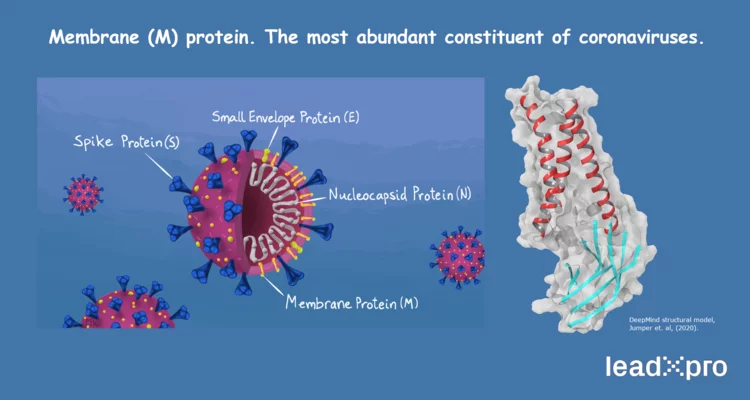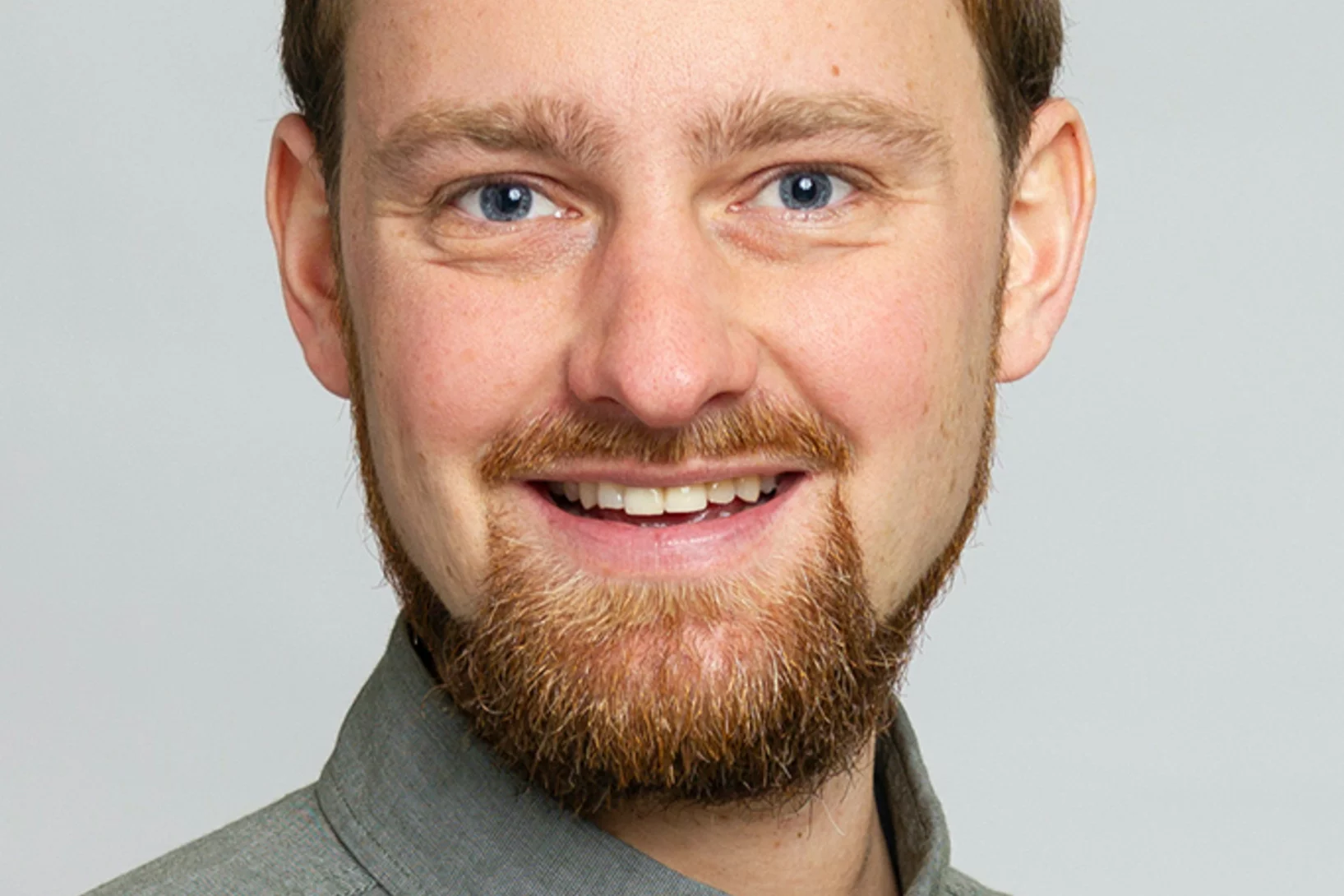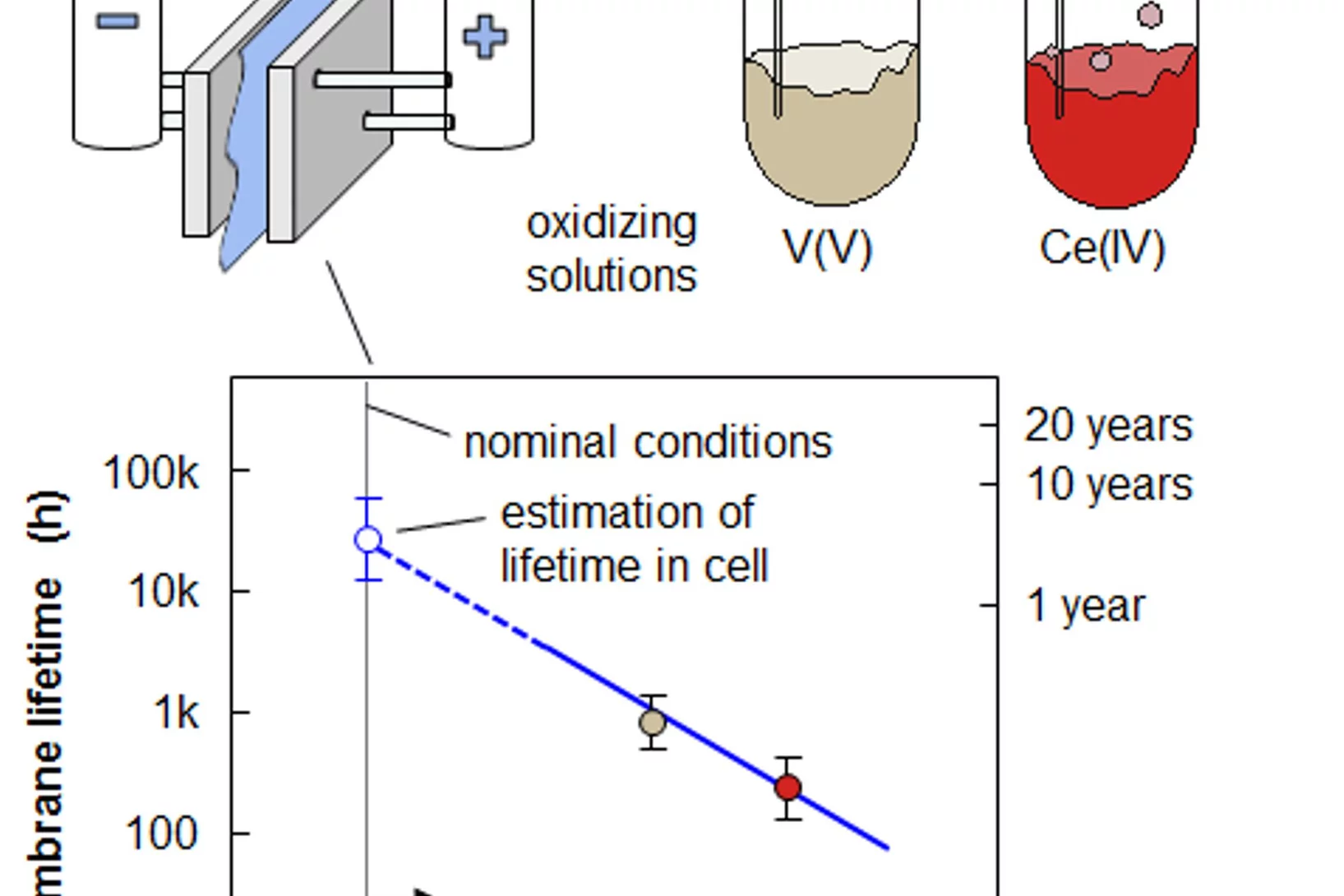Abandon de l’énergie nucléaire, développement de l’énergie solaire et éolienne, production d’énergie à partir de la biomasse, réduction de la consommation d’énergie. D’ici 2050, la Suisse doit atteindre la neutralité climatique. Un objectif ambitieux, rendu plus urgent que jamais par une situation géopolitique de plus en plus difficile. Comment faire pour mettre en place ces prochaines années un approvisionnement énergétique durable et résistant pour la Suisse? Comment les énergies renouvelables peuvent-elles être utilisées de manière optimale? Quelles sont les nouvelles technologies les plus prometteuses? Au PSI, des chercheurs s’efforcent de trouver des réponses à ces questions décisives.
ELDICO Scientific AG clôture un cycle de financement d'amorçage de 1,5 million de CHF
Un an après sa création, ELDICO Scientific, bénéficiant de coopérations de recherche et développement avec le PSI, a clôturé avec succès un cycle de financement d'amorçage. L'entreprise a levé près de 1,5 million de francs suisses auprès d'investisseurs privés et institutionnels, BERNINA BioInvest, plusieurs investisseurs privés bien informés sur le secteur, de la Banque cantonale d'Argovie (AKB) et de Venture Kick. ELDICO lancera le premier diffractomètre à électrons spécialement conçu pour la recherche en nanocristallographie.
Momentum-Dependent Magnon Lifetime in the Metallic Noncollinear Triangular Antiferromagnet CrB2
Noncollinear magnetic order arises for various reasons in several magnetic systems and exhibits interesting spin dynamics. Despite its ubiquitous presence, little is known of how magnons, otherwise stable quasiparticles, decay in these systems, particularly in metallic magnets. Using inelastic neutron scattering, we examine the magnetic excitation spectra in a metallic noncollinear antiferromagnet CrB2, in which Cr atoms form a triangular lattice and display incommensurate magnetic order. Our data show intrinsic magnon damping ...
Information for SµS users
Due to the Corona crisis and technical problems the restart of operation of the PSI high intensity proton accelerator (HIPA) has been delayed and is expected earliest for the 27th of July. The pandemic team of PSI approved in-house research at the SµS from this date on. According to today's situation, external/foreign users at the SµS will be allowed as of September 1st.
We have prepared a new experimental schedule that you can find here.
Macroscopic manifestation of domain-wall magnetism and magnetoelectric effect in a Néel-type skyrmion host
We report a magnetic state in GaV4Se8 which emerges exclusively in samples with mesoscale polar domains and not in polar mono- domain crystals. It is manifested by a sharp anomaly in the magnetic susceptibility and the magnetic torque, distinct from other anomalies observed also in polar mono-domain samples upon transitions between the cycloidal, the Néel-type skyrmion lattice and the ferromagnetic states.
Surface segregation acts as surface engineering for the oxygen evolution reaction on perovskite oxides in alkaline media
PSI researchers have studied the influence of surface segregation on the oxygen evolution reaction (OER) activity for the, La0.2Sr0.8CoO3-d (LSCO) perovskite, one of the most active perovskite towards the OER in alkaline electrolyte. It has been found that the higher the perovskite synthesis temperature the more strontium segregation occurs on the surface. However, the segregated strontium compounds are soluble in water and they are easily removed when the surface of the electrode is in contact with the electrolyte, leading to the exposure of cobalt enriched layers very active for the OER.
Vers le Soleil et au-delà
Le PSI participe à des projets de recherche spatiale. C’est ainsi que s’enrichit le savoir sur notre système solaire, mais aussi que se renforce la renommée de la Suisse en tant que développeur fiable d’équipement spatial de pointe.
Die Berufsbildung erkundet die Stadt Aarau
Die Berufsbildnerinnen und Berufsbildner mit ihren Partnern und Partnerinnen besuchten am Freitag, 26. Juni Aarau.
Online ultrahigh resolution mass spectrometry for the molecular analysis of the atmosphere
Atmospheric aerosols are considered the single largest uncertainty in assessing the human contribution to global warming and amongst the top five health risks worldwide. Our ability to investigate aerosol sources, their formation processes in the gas-phase, and their societal impacts is largely governed by our capability to measure their molecular constituents in real-time. Researchers at PSI have combined for the first time ultrahigh resolution mass spectrometry with high time resolution and sensitivity for the molecular analysis of aerosols.
The dynamics of overlayer formation on catalyst nanoparticles and strong metal-support interaction
The strong metal support interaction has been investigated in situ by means of electron microscopy, XPS and XRD, to provide a complete overview about the interplay between the metal and the support.
VentureKick : Un boursier du PSI gagne 40'000 CHF
Florian Döring, boursier du PSI (PostDoc dans la division "Photon Science"), reçoit la deuxième phase de financement de préamorçage, de soutien au réseau et de formation à l'entrepreneuriat de VentureKick.
A new etcher is just unpacked!
TOMCAT has a new etcher tool for the fabrication of very high aspect ratio gratings in silicon. The new SPTS Rapier system for silicon deep reactive ion etching just arrived and unpacked from the crate in front of the Laboratory of Micro and Nanotechnology at PSI! We thank the LMN technical staff for the support and the great job of moving in!
LENS Webinar on New Directions in Instrumentation
On June 25 the League of Advanced European Neutron Source LENS organized a second webinar on "New Directions in Instrumentation". Artur Glavic (LIN) gave a presentation on "Neutrons for Magnetic Nanostructures on Surfaces: Beyond the Specular Intensity Wars", which is still available online.
Microlithography: Science and Technology
The Third Edition of "Microlithography: Science and Technology" from Taylor & Francis covers the science and engineering involved in the latest generations of microlithography.
Thermal Control of Spin Excitations in the Coupled Ising-Chain Material RbCoCl3
We have used neutron spectroscopy to investigate the spin dynamics of the quantum (S=1/2) antiferromagnetic Ising chains in RbCoCl3. The structure and magnetic interactions in this material conspire to produce two magnetic phase transitions at low temperatures, presenting an ideal opportunity for thermal control of the chain environment. The high-resolution spectra we measure ...
Les brevets comme atout
John Millard dirige le service de transfert de technologie au PSI. Le système des brevets relève donc de son domaine. Dans cet entretien, il explique comment le PSI se sert des brevets pour protéger ses connaissances et encourager davantage la collaboration avec l’industrie et d’autres centres de recherche.
Grosser Rat bewilligt 2,4 Millionen für Technologiezentrum Anaxam
Der Kanton Aargau unterstützt das Technologietransferzentrum Anaxam in Villigen für die Dauer von vier Jahren mit insgesamt 2,4 Millionen Franken. Der Grosse Rat hat am Dienstag in Spreitenbach den entsprechenden Kredit mit 124 zu 3 Stimmen bewilligt.
Phase boundary dynamics of bubble flow in a thick liquid metal layer under an applied magnetic field
We investigate argon bubble flow in liquid gallium within a container large enough to avoid wall effects. Flow with and without applied horizontal magnetic field is studied. We demonstrate the successful capture and quantification of the effects of applied magnetic field using dynamic neutron radiography and the previously developed and validated robust image processing pipeline, supported by the in silico reproduction of our experiment.
Fellow Award for Dr. Mantzaras
The prestigious Fellow Award “Fellow of The Combustion Institute” was allotted to Dr. Mantzaras for “Pioneering Experimental and Modeling Research in Hetero-/Homogeneous and Catalytic Combustion”. The combustion activities at LSM emphasize on non-intrusive laser-based measurements in a high-pressure optically accessible catalytic reactor, while the modeling activities encompass advanced multidimensional numerical simulations and theoretical work based on activation energy asymptotics.
Z3-vestigial nematic order due to superconducting fluctuations in the doped topological insulators NbxBi2Se3 and CuxBi2Se3
A state of matter with a multi-component order parameter can give rise to vestigial order. In the vestigial phase, the primary order is only partially melted, leaving a remaining symmetry breaking behind, an effect driven by strong classical or quantum fluctuations. Vestigial states due to primary spin and charge-density-wave order have been discussed in iron-based and cuprate materials. Here we present the observation of a partially melted superconductivity in which pairing fluctuations condense at a separate phase transition and form a nematic state with broken Z3, i.e., three-state Potts-model symmetry.
How to correct beam hardening effects in dual phase grating interferometry?
Researchers at the X-ray tomography group have expanded the theoretical understanding of dual phase grating interferometry with polychromatic sources. As a result, beam hardening effects can be corrected and a real space correlation function of a sample can be retrieved in dark-field imaging. These are significant steps towards application of the method for the quantitative investigation of microstructures of materials and devices using dual phase grating interferometry. The results of the work were published in Optics Express on June 12, 2020.
Mehr Rechenleistung für die Computer der Zukunft
Wissenschaftler des Paul Scherrer Instituts (PSI) und der ETH Zürich sind der Herstellung von Spintronic-Elementen auf der Basis von Prozessen, die in der CMOS-Mikrochip-Produktion eingesetzt werden, einen grossen Schritt näher gekommen. Sogenannte «Domain Wall Logic»-Schaltkreise können magnetische Informationen(Bits) direkt in der Schaltung speichern.
Eine solche Logik-in-Speichereinheit verliert keine Informationen und kann nach einem Stromausfall unmittelbar mit dem Prozess weiterfahren kann welcher zum Zeitpunkt des Stromausfalls lief. Dies ist äußerst vorteilhaft, wenn die Stromversorgung unzuverlässig ist oder ausgeschaltet wird, um Energie zu sparen - wie es bei vielen IoT-Anwendungen der Fall ist.
Das von den Professoren Gambardella und Heyderman geführte Team präsentierte einen funktionierenden Proof-of-Concept eines sog. "Adder" Schaltkreises auf Basis einer «Domain Wall Logic», der Speicher- und Logik-Vorgänge in einem einzigen Schaltkreis zusammenführt. Dies öffnet die Tür zu einer weiteren Steigerung der Rechenkapazität unserer Computer in der Zukunft.
Diffractometer stand built in collaboration with local SME
A light-weight, low-vibration diffractometer stand has been designed and produced in close collaboration with the local supplier Heinz Baumgartner AG. This component will be used in conjunction with a cryomagnet system to study quantum matter at the SwissFEL Bernina and Cristallina-Q endstations.
leadXpro développe la protéine SARS-CoV-2 M pour la campagne de recherche COVID-19
En raison de la pandémie actuelle de coronavirus, les scientifiques du monde entier travaillent ensemble à une échelle sans précédent pour en apprendre davantage sur le virus et utiliser ces connaissances pour développer des vaccins et des traitements. En collaboration avec des partenaires scientifiques et industriels tels que l'Institut Paul Scherrer, notre spin-off leadXpro a mis au point une méthode pour alimenter les initiatives de recherche et de développement avec la protéine SARS-CoV-2 M. Cette protéine M, qui est un composant important de la capsule du virus, est une cible potentielle pour les médicaments antiviraux. Nous sommes heureux d'inviter les parties intéressées qui souhaitent recevoir la protéine à contacter leadXpro.
Important information for SLS and SwissFEL users
Please find some relevant information on the following topics:
- COVID-19 call open until end of year 2020
- SLS back to 24/7 with external users on site
- Restart of user operation at SwissFEL
- Travel and safety considerations for your beamtime
- Remote access
Congratulations to Ling Fang
On 2 June 2020 Ling successfully defended her PhD entitled “Radiocarbon analysis of dissolved organic carbon from ice cores" at the University of Bern. This was the first time that a student from our lab defended online and Ling delivered a great performance. Congratulations! The project was conducted in collaboration with the Laboratory for the Analysis of Radiocarbon with AMS (LARA) of the University of Bern, Nanjing University, and the University of Maine, amongst others, and funded jointly by the University of Bern and the Paul Scherrer Institute.
Recherche brevetée
Les chercheurs du PSI développent des technologies innovantes, de nouveaux agents biologiques et des instruments de mesure plus précis. Cela fait progresser la science et l'économie suisse. Les meilleures idées sont protégées par des brevets et font du PSI un partenaire recherché par l'industrie.
Welcome Kevin Kilchhofer
We warmly welcome Kevin Kilchhofer as a PhD student in the Laboratory of Environmental Chemistry. He joined the Surface Chemistry group on 1 June 2020.
Kevin Kilchhofer studied Atmospheric and Climate Sciences at the ETH Zurich, with a focus on atmospheric chemistry and physics. For his master thesis, he investigated the impact of cloud processing on the ice nucleation ability of aerosol particles.
At PSI, Kevin Kilchhofer will investigate the feedbacks between photochemically induced peroxy radical chemistry and the evolution of composition in viscous secondary organic aerosol proxies using a suite of flow tube and aerosol mass spectrometry techniques, accompanied by radially resolved modelling of physical and chemical processes.
Membrane Lifetime Estimation in a Vanadium Redox Flow Battery using an Accelerated Stress Test
A vanadium redox flow battery (VRFB) is a grid-scale energy storage device. Its energy conversion unit consists of a cell stack that comprises ion-exchange membranes to separate positive and negative electrode. The projected lifetime of a VRFB is 20 years and 7’000 charge-discharge cycles. Lifetime tests of membranes under application relevant conditions are therefore impractical, and the development of an accelerated stress test (AST) to assess the chemical stability of membranes is crucial.
Zooming in on water splitting
Perovskite oxynitride materials can act as effective photocatalysts for water splitting driven by visible light. A combined neutron and x-ray study now provides unique insight into the underlying processes at the solid–liquid interface and highlights how solar-to-hydrogen conversion can be improved.
Zooming in on water splitting
Perovskite oxynitride materials can act as effective photocatalysts for water splitting driven by visible light. A combined neutron and x-ray study now provides unique insight into the underlying processes at the solid–liquid interface and highlights how solar-to-hydrogen conversion can be improved.

